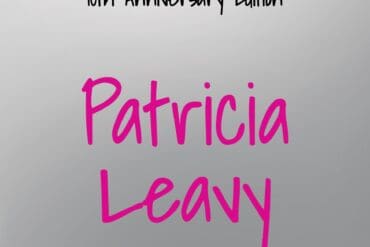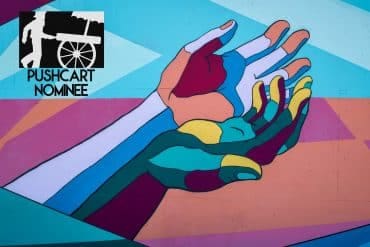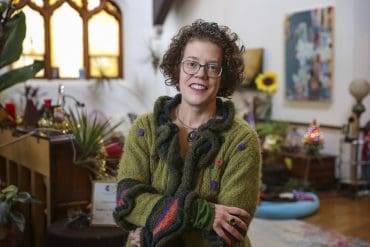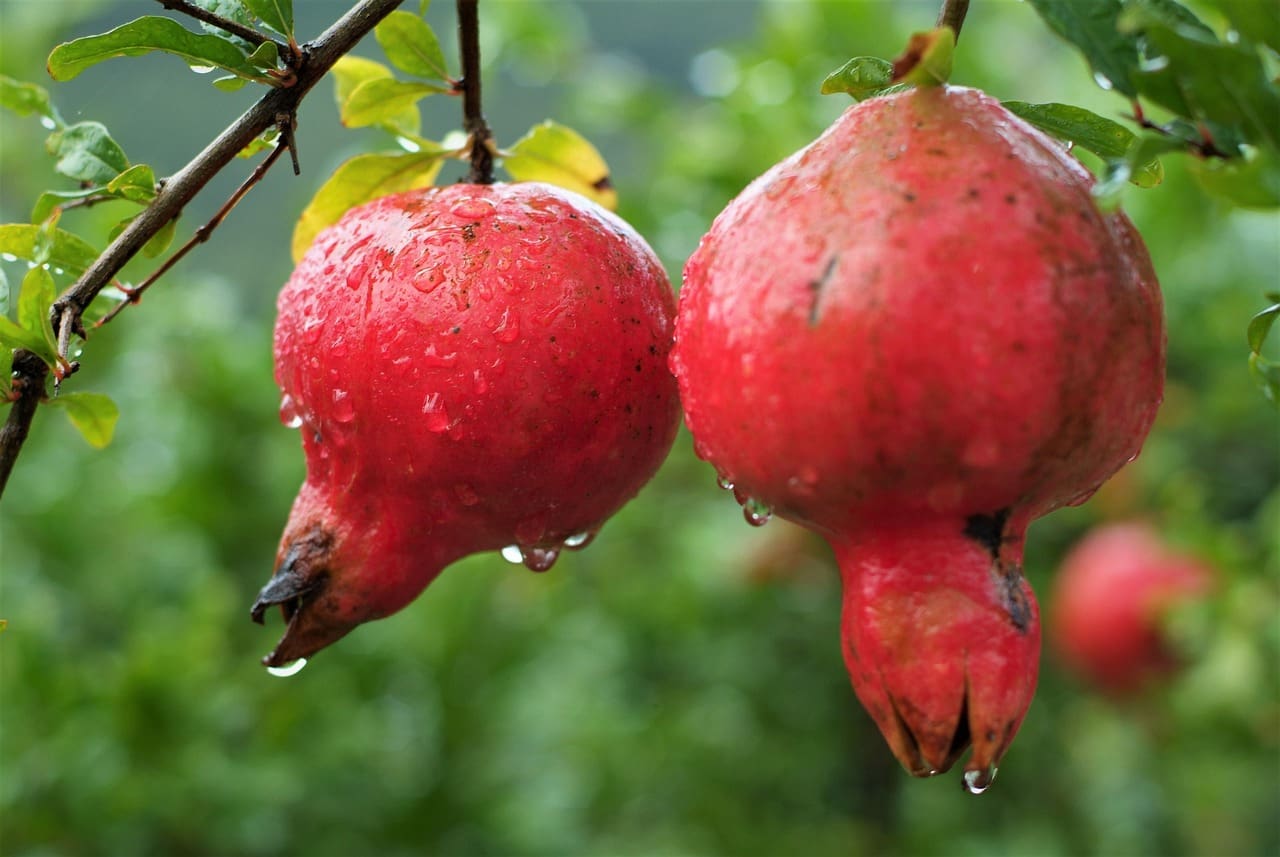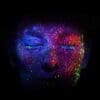Four Essays on Being Trans in the Anthropocene: Horses
Author’s Memo
As a self-described researcher and creative writer, much of my written engagements situate themselves within the space of the autoethnographic. Furthermore, as a queer and trans feminine person, writing is an activist strategy that chronicles the ideas and worlds of peoples whose ideas have been precluded from emergence in the global north, just as their ideas and bodies have experienced akin preclusion.
My autoethnographic work relies heavily on reading my experience alongside the ideas of other queer scholars and writers. Because of queerness’ emergence and iterations having been precluded, it is important for me to return to the texts that inform my actualization in the world. In doing so, I situate my personal narrative as knowledge in discussion with other knowledge and contribute to the genealogies that inform my retroactive readings of my lived experiences.
“Four Essays on Being Trans in the Anthropocene” in one of such autoethnographic works on my queerness. This project is informed by the ideas of speculative anthropology which concerns the empirical alongside musings on past, present, and future possibilities. The central question centers around a felt dilemma of mine– what is my responsibility in the world as a trans feminine person living in a time where the human-induced strain on the planet is the driver of climate change and the climate crisis.
“Four Essays on Being Trans in the Anthropocene” in one of such autoethnographic works on my queerness.
The dilemma is broached by an instance where I was reading Donna Haraway’s Staying with the Trouble. It is a speculative anthropology book about the Anthropocene. How Haraway’s singular usage of the word “chip” drew my attention to a formative text for me— Sara Ahmed’s “An Affinity of Hammers” in Transgender Studies Quarterly. It discusses how trans women are “chipped” at through an oppressive rebuttal system that insists trans women are not women.
The work then begins to unfold using Haraway’s referral to Marilyn Strathern’s quote. “[i]t matters what ideas we use to think other ideas (with)” to suggest that it matters what texts pass through other texts. You can see this idea of texts passing through each other within each essay as I weave different scholarship together with instances in my personal narrative— the authoethnographic evidence. Additionally, the four essays– MILK, ANTHOLOGIES, HORSES, & JOUISSANCE– therein contained work as a meta-performance of the idea of texts passing through other texts, as their ideas also pass through each other. The piece comes together in the end. It approaches resolution without offering a definitive solution to the felt dilemma– still holding onto the texts of Haraway and Ahmed that ignited the investigation in the first place.
‘The four essays contained work as a meta-performance of the idea of texts passing through other texts.
Having viewed the submission guidelines for The Autoethnographer I think this piece could function well through the guideline-suggested serialization of pieces, divvied up into 4 parts: Part I concerning the Preface and essay, MILK; Part II with ANTHOLOGIES; Part III, HORSES; Part IV, JOUISSANCE and the concluding Benediction. I believe such a serialization would also further emphasize the theme of texts passing through each other as each part, belonging to the whole of the larger essay, would be distinguished in its cataloging in The Autoethnographer, and function as it own anthology– an additional theme sussed out in the work.
This piece could function well within the publication as it engages pertinent scholarship to my personal experiences. It asks larger questions of our collective responsibility to earth and rectifying the strain we have inflicted on the planet as humans. Finally, though I engage scholarship, I do not do so in such a way to abrogate the evocative tone of the piece. And I actually believe that its usage prods further evocation– leaning into the Strathern quote, “[i]t matters what ideas we use to think other ideas (with)
‘Part I concerning the Preface and essay, MILK; Part II with ANTHOLOGIES; Part III, HORSES; Part IV, JOUISSANCE and the concluding Benediction.
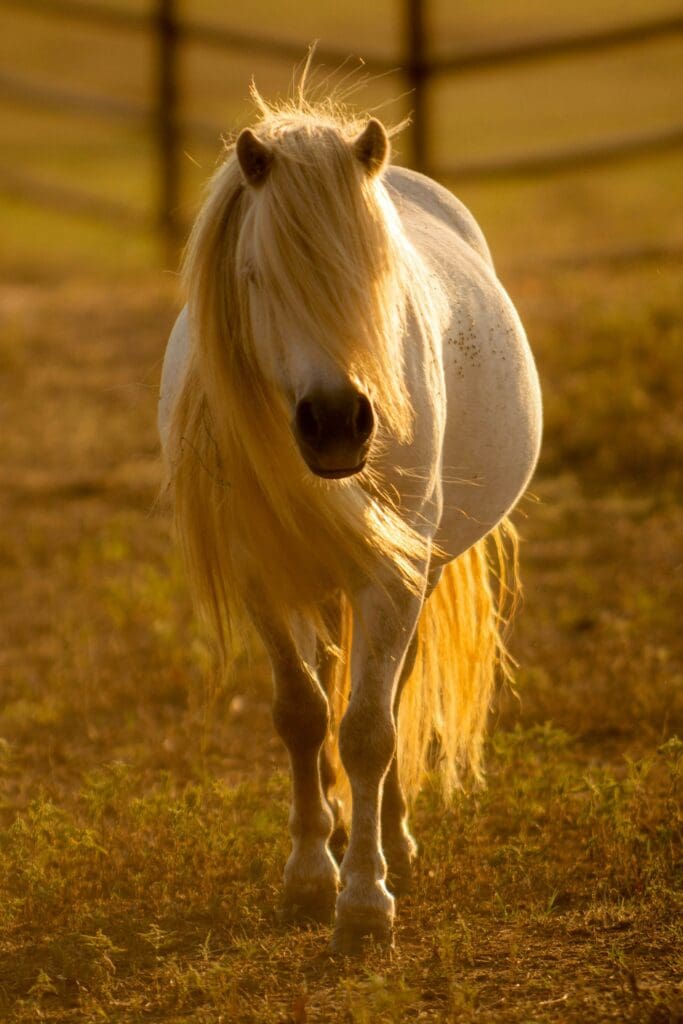
I was in bed with a man once. Our drinks at the bar turned to drinks at his place, us both vaping my weed pen on our walk between locations. We sat on his couch and he handed me a Miller High Life. The song “Aqualung” fuzzily hummed from the record player. We started talking. As our conversation continued, condensation started beading around my beer, atop a coaster on his coffee table.
He was kind and horny. I revved him up as I preached a gospel of girl dick— a narrative of supple genitals with soft skin, one that is beautiful, and one that is hard for me to truly believe about myself. I do preach a gospel of which I have more spiritual conviction though, one of girl cum– a tale that sanctifies the beauty of girls with appendages, some of whose orgasms can be seen in their faces and in their ejaculated squirt.
He was compelled by these gospels. And something about the prospect of seeing my girl cum had him kissing me on the couch, then leading us to his bedroom. It matters who gets to be a man, who gets to be an other-than-man and who gets to decide. It matters that he could see me as I see me, that a girl dick and cum was not a subtraction, rebuttal, to my womanhood but a fulfillment of what some women couldn’t give him. I give what other women cannot, and other women give what I cannot and somehow many of us are the pending answer to the question “did you orgasm?” where we offer the empiricism of our cum faces, volting bodies, and squirt for patriarchal review.
“Response-ability” & Estrogen
Haraway writes about the urine of pregnant horses and details a history of supplemental estrogen and its prospective uses. Staying with the Trouble centers itself around ethics of accountability and responsibility, where Haraway parses out the latter to draw attention to the noun of an act: response-ability. The Institute for Sexual Research in Berlin was destroyed in May 6, 1933. (Schillace, 2021) The development of conjugated estrogen first occurred in 1930 from the urine of late pregnancy Canadian women and with the equine derivative version, Premarin, on the Canadian market in 1941. I was initially surprised Haraway did not discuss trans women when discussing HRT via equine urine, but now, less so.
The Nonexistent Timetable
I envisioned a break in text here, a 3 column table with key dates ascending in the far left, one of each of the remaining columns respective to the development of Premarin and key moments for the Institute for Sexual Research in Berlin. This table would convey what was lost, what did not pass through the fire, blank cells for every row under the institute following its destruction, with the corresponding rows of Premarin drawing attention to the ongoing plight of chronically pregnant mares and their sacrificial foals in a pursuit of HRT. The estrogen I take, however, is not those of urine derivatives.

My argument in such a table was this– maybe, without a 100 years of trans knowledge lost, there would be no need to engage with Haraway’s call for response-ability to horses. I don’t think my hormones are that of urine, unlike the ones Haraway admits to taking for a time during menopause. (Deutsch, 2016) She talks about giving a synthetic hormone, DES (diethylstil-besterol), to her canine companion saying. “I give my dog a synthetic estrogen with a terrible human and bovine history to control her urinary incontinence, for the sake of her heart– and her indoor way of life.” (p. 110)
Coalescing Lineages
I don’t know if my argument has teeth– the rhetoric of my table that doesn’t exist. And I’m unsure of the hormonal history of Magnus Hirschfeld’s treatment of trans women prior to the Nazi-destruction of his institute and the (maybe broken) lineages that connect to the estradiol I take in the morning, in the evening too. (Khan, 2016) Is the history of DES, confined pregnant horses, and Premarin-taking menopausal females coalescing with that of my trans femme hormonal synthetic estradiol?[1][2] It is a question we can ask, and likely one that matters. Because, it matters what bodies configure bodies.
Impregnantable
I was once in bed with a man. But not the one who gave me a High Life and played “Aqualung.” This man invited me immediately to his place. And we laid on his couch for only a handful of minutes before we moved to his bedroom. With this encounter, it is harder for me to remember all the details. Maybe because things moved so fast. Maybe because it was a souring experience for me. He thought my ass was wonderful in my thong. And he was delighted that he couldn’t get me pregnant– that which other women could give him, that which I cannot.
I wasn’t delighted that he said such a thing to me with glee. I didn’t want biological kids at that point and I don’t know if I want them now. But his pleasure in my inability to carry them in pregnancy wounded me. A feminine vessel, I was, for which a condom was not required. I wasn’t a form of birth control. But I was a barren body for cismales’ purposes– barren with tits, hips, dick, and ass. I might share this chipping with cis women facing questions of fertility– an archaic understanding that we are not fully women if we cannot gestate and reproduce with our own bodies.
Patriarchy’s Textbook
He and I agreed that our first encounter would not be sexual. But he kept on grabbing his dick when we were in his bed. I called him out on this behavior. He said it was only natural, and I put on my jacket and left in frustration. I was forced to stand in the apartment hallway as I waited for the elevator. I was left to consider the rebuttals to my body and my womanhood, meters away from the site from which they occurred. It’s only natural? Natural? “‘Biology 101? Patriarchy wrote that textbook!’” (Ahmed, 2016, p. 30) It matters how bodies configure bodies. It matters what passes through which passages. And like my inability to gestate, it matters what cannot pass through you.
Sometimes I find myself so desperately wanting to have passed through the historical existences offered to my cis women counterparts, unfortunately including both the oppressions and privileges afforded them. Acknowledging that, I want to employ an argument, unlike that of my prospective table. I hold this argument with a tentative hand, a precarious grip, of a hammer so often wielded by transphobic and otherwise patriarchal palms– trans women are trans women and cis women are cis women, and maybe our hormones have different histories and accountabilities.
Different Histories, Different Accountabilities
I was initially surprised that Haraway did not include trans women in her discussion of conjugated hormones. Maybe this was intentional, or maybe it was not unintentional, with Haraway discussing menopause and incontinence in females, humans and dogs respectively. Maybe Haraway knew of a different response-ability to trans women, that exclusion was not erasure here, that trans women’s womanhood was not abrogated by her un-mentioning of them, that maybe responsible solidarity among women is for us to not situate ourselves all within one, singular lineage. Because, maybe our hormones have different histories and accountabilities.
Forgoing Splitting, Chipping Open Instead
A divided womanhood is a chipped split by a patriarchal hammer. A tool with which many women have swung, myself included. It matters what bodies configure bodies and that you can give what others cannot. It matters that others can give what you cannot. Trans women are trans women and cis women are cis women, and maybe our hormones have different histories and accountabilities.
Maybe we can take up this hammer though– forgo splitting ourselves, opting to chip each distinctive lineage open instead. It matters what passes through which passages, which individual lineages lead us to our shared womanhood. Maybe 100 years from now, when trans women can gestate children and cis women are fully untethered from horse urine-HRT, we can say “trans women are trans women, cis women are cis women. Together, we will give what others cannot. As women, we will keep the passages of our respective lineages open. Because we know, it matters what passes through which passages, it matters what bodies configure bodies, and it matters what passes through you.” Maybe with this hammer, we can chip through the Anthropocene too.
‘Trans women are trans women and cis women are cis women, and maybe our hormones have different histories and accountabilities.
[1] In “Transxenoestrogenesis” Eva Hayward describes transwomen’s usage of Premarin saying of breastfeeding. “[S]ome transwomen feed their breast milk to their infants, further unleashing Premarin’s effects along human lineages.” Hayward cites Haraway’s work as I do here, situates transness with the present ecological ruination, and stays with the trouble saying “[t]ransgender is noninnocent…” and “[t]hings can get worse, and probably will; but life for earthlings is already precarious.” (Hayward 2014)
[2] The University of California, San Francisco’s Transgender Care includes an “Overview of feminizing hormone therapy”. It mentions that Premarin was previously used as treatment “…for a number of reasons, including inability to accurately measure blood levels and some suggestion of increased thrombogenicity and cardiovascular risk.” (Deutsch 2016)
Credits
Featured image by spiagol56 for Pixabay
An Image of a lab tubes by Louis Reed for Unsplash
An Image of a pregnant horse by Aaron Anz for Unsplash
Learn More
New to autoethnography? Visit What Is Autoethnography? How Can I Learn More? to learn about autoethnographic writing and expressive arts. Interested in contributing? Then, view our editorial board’s What Do Editors Look for When Reviewing Evocative Autoethnographic Work?. Accordingly, check out our Submissions page. View Our Team in order to learn about our editorial board. Please see our Work with Us page to learn about volunteering at The AutoEthnographer. Visit Scholarships to learn about our annual student scholarship competition.
Aislin Neufeldt (they/she) is a writer originally from Kansas. Their work engages queer theory with the personal narrative, allowing them to add further life to one another. You can find her work featured in "Here's My Story" online at The Gay & Lesbian Review Worldwide, Hobart, and Essay Daily.


